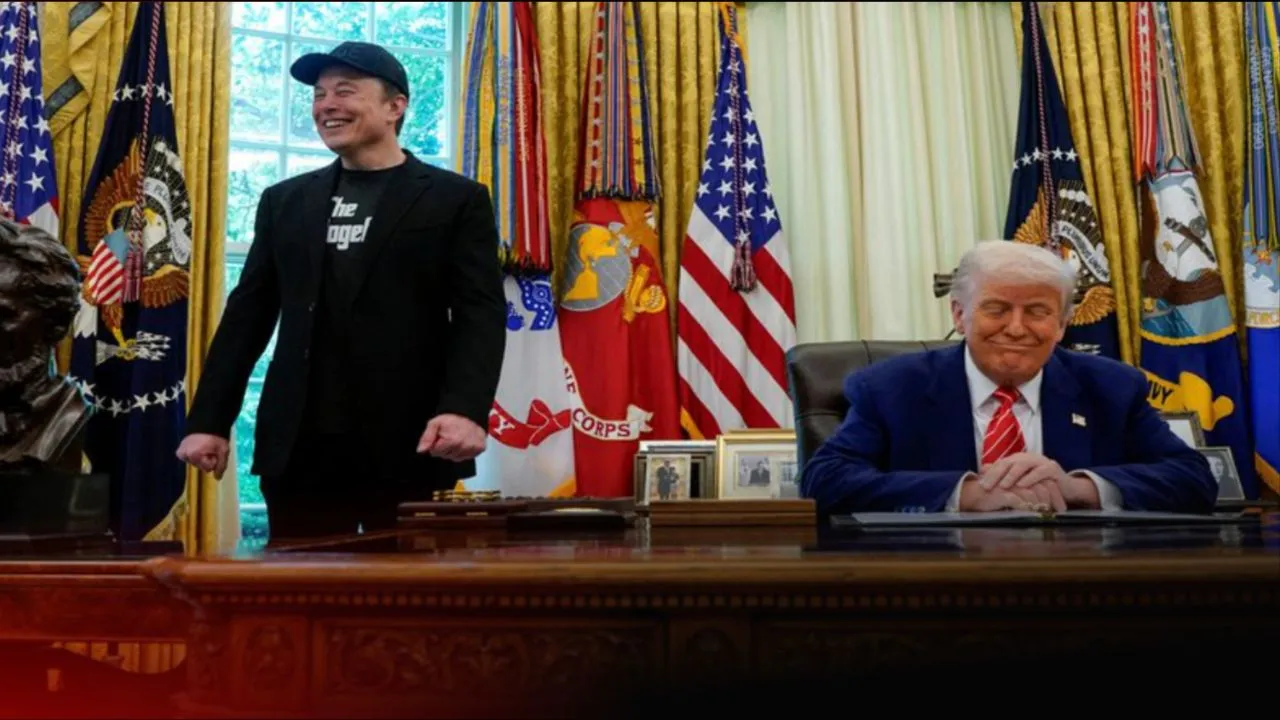Trump Administration Clashes with Federal Judge Over Mass Layoffs: A Deep Dive into the Justice Department’s Emergency Filing

On June 2, 2025, USA TODAY reported a significant development in the ongoing battle between the Trump administration and the judiciary over the future of the federal workforce. In an emergency filing, the Justice Department urged a federal court to lift an order by U.S. District Judge Susan Illston, which has temporarily halted mass federal layoffs and the termination of numerous government programs. This filing marks the latest chapter in a contentious saga that began earlier this year, highlighting deep tensions over executive power, Congressional oversight, and the role of technology in reshaping government efficiency.
Background: The Trump Administration’s Push for Government Overhaul
When Donald Trump took office for his second term in January 2025, he wasted no time in bringing tech billionaire Elon Musk into his administration. Musk, appointed as a “special government employee” (SGE), was tasked with leading the newly formed Department of Government Efficiency (DOGE). According to an NPR report from February 13, 2025, DOGE’s primary mission is to slash federal spending by targeting inefficiencies, which includes terminating government grants, contracts, and entire programs. The unit has already disrupted operations at agencies like the U.S. Agency for International Development and the Consumer Financial Protection Bureau, where workers have been furloughed or laid off.
The Trump administration’s broader vision involves a radical transformation of the federal government, with plans to lay off federal employees and automate certain functions using artificial intelligence (AI). A FedScoop analysis from October 2024 highlighted significant barriers to AI implementation in federal agencies, including data readiness, lack of expertise, and funding constraints. Despite these challenges, the administration has pushed forward, with Musk and DOGE leading the charge. However, this aggressive approach has met fierce resistance from federal workers’ unions, nonprofits, and now the judiciary.
The Judicial Roadblock: Judge Illston’s Ruling
The conflict came to a head in May 2025, when U.S. District Judge Susan Illston, a Clinton appointee, issued a preliminary injunction blocking Trump’s executive order that enabled the layoffs of tens of thousands of federal workers and the elimination of certain agencies. According to a POLITICO report from May 10, 2025, Illston argued that the White House was attempting to circumvent the rigorous legal procedures required for mass government layoffs. “If the statutes provide for the process, then the process needs to be followed,” she stated during a hearing, pointing to the administration’s apparent impatience with existing protocols.
Illston’s order, upheld by the 9th Circuit Court of Appeals on May 30, 2025, specifically halted layoffs at agencies such as the Departments of State, Treasury, Transportation, Veterans Affairs, and the Social Security Administration, among others. Her ruling on May 23, 2025, further emphasized that large-scale executive branch reorganization requires Congressional approval—a stance that directly challenges the Trump administration’s unilateral actions. The injunction also barred agencies from issuing new reorganization plans or layoff notices, effectively freezing DOGE’s operations.
The Justice Department’s Emergency Filing
The Justice Department’s emergency filing on June 2, 2025, seeks to overturn Illston’s order, arguing that the federal judge’s decision hampers the administration’s ability to enact its policy goals. The filing, as reported by USA TODAY, comes on the heels of the 9th Circuit’s affirmation of Illston’s ruling, signaling the administration’s determination to push forward with its agenda. A DOJ official stated, “This Department of Justice will continue to vigorously defend President Trump’s agenda in court and are confident that we will ultimately prevail,” according to POLITICO.
The government’s position, as outlined in earlier court documents, is that Trump’s executive order and subsequent directives from the Office of Management and Budget (OMB) and the Office of Personnel Management (OPM) merely “facilitate” reductions in force (RIFs) rather than mandate them. They argue that agencies already have statutory authority to conduct RIFs, and the President can direct agencies to use this authority to achieve policy objectives. However, Illston and the 9th Circuit have rejected this interpretation, insisting that such sweeping changes require Congressional oversight.
Public and Political Reactions
The Justice Department’s filing has sparked a firestorm of reactions on social media platforms like X. A user,
@KiraJW, commented on the USA TODAY post, stating, “The government is using your taxpayer money to get you fired. Are we great, yet?” This sentiment reflects growing frustration among some Americans who feel betrayed by the administration’s actions. Another user,
@Trust155067, expressed dismay, noting, “Absolutely no, why he neglects federal workers so much many of them voted for him, now they’re about to get betrayed.”
Federal workers’ unions, which were among the plaintiffs in the lawsuit against Trump’s executive order, have been vocal in their opposition. They argue that the proposed layoffs—estimated to affect over 100,000 federal employees by May 2025—violate due process and undermine the stability of the federal workforce. Nonprofits involved in the lawsuit have also raised concerns about the broader implications of DOGE’s actions, particularly the termination of programs that serve vulnerable populations.
The Bigger Picture: AI, Privatization, and the Future of Government
At the heart of this controversy is the Trump administration’s vision for a leaner, more technology-driven government. Elon Musk’s involvement has brought a particular focus on AI and automation, with DOGE advocating for the use of AI tools to streamline federal operations. However, a January 2025 report from the Brookings Institution warned that this approach could create a “Wild West” of untested AI tools in federal agencies. The report highlighted the risk of exacerbating digital access disparities, potentially leaving millions of Americans—particularly those in underserved communities—without critical services.
The FedScoop analysis from October 2024 further underscored the challenges of implementing AI in the federal government, noting issues like data readiness and a lack of expertise. Rep. Gerry Connolly (D-Va.) has also criticized DOGE’s use of unauthorized tools, warning that such actions may violate privacy laws and software regulations. These concerns raise questions about the feasibility and ethics of the administration’s plans, even as it pushes to lift the judicial block on layoffs.
What’s Next?
The Justice Department’s emergency filing sets the stage for a protracted legal battle that could ultimately reach the Supreme Court. If the federal court denies the request to lift Illston’s order, the administration may face further delays in implementing its agenda, potentially forcing a reevaluation of its strategy. Conversely, if the court sides with the Justice Department, federal workers could face immediate layoffs, and entire programs could be dismantled, reshaping the federal government in unprecedented ways.
For now, the fate of over 100,000 federal jobs hangs in the balance, as does the broader question of how much power the executive branch can wield without Congressional oversight. As this saga unfolds, it will likely continue to fuel debates over government efficiency, the role of technology in public administration, and the rights of federal workers in an era of rapid change.







